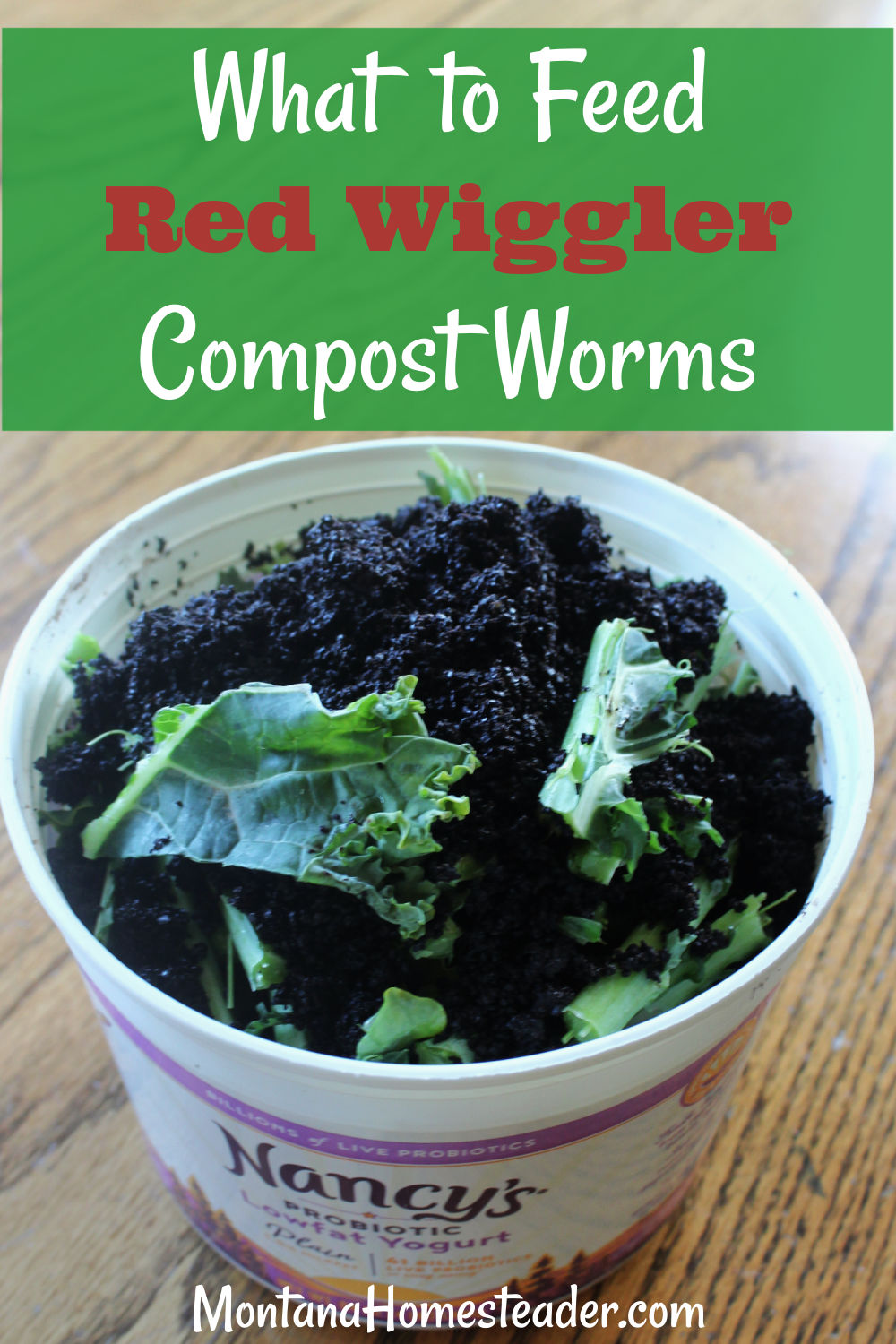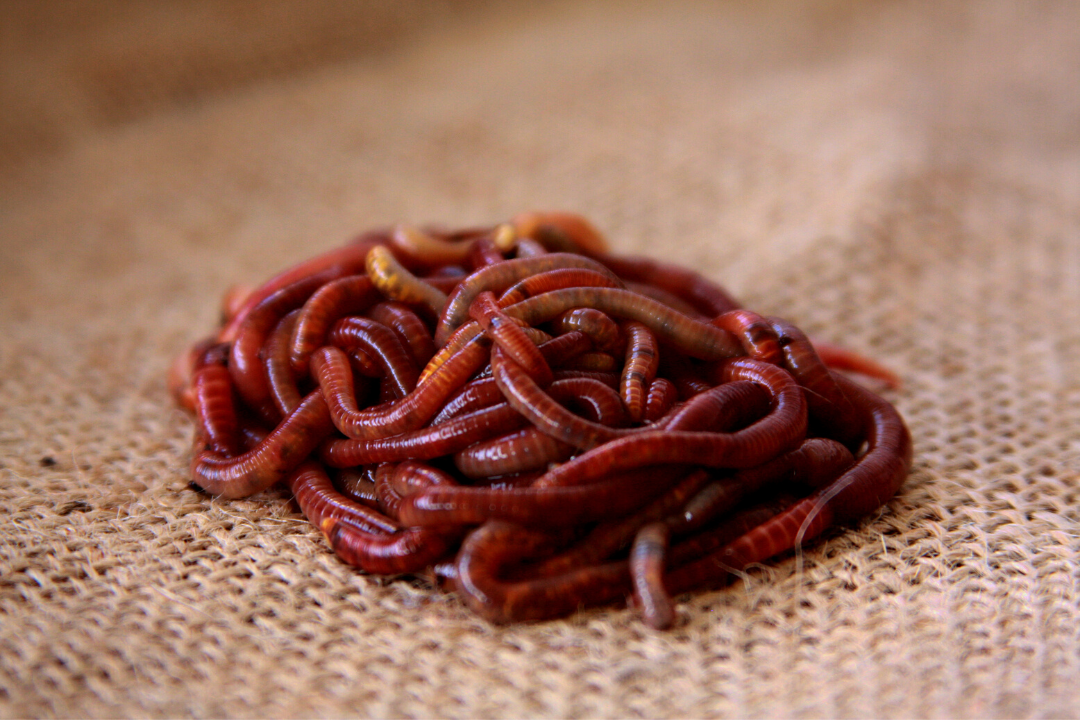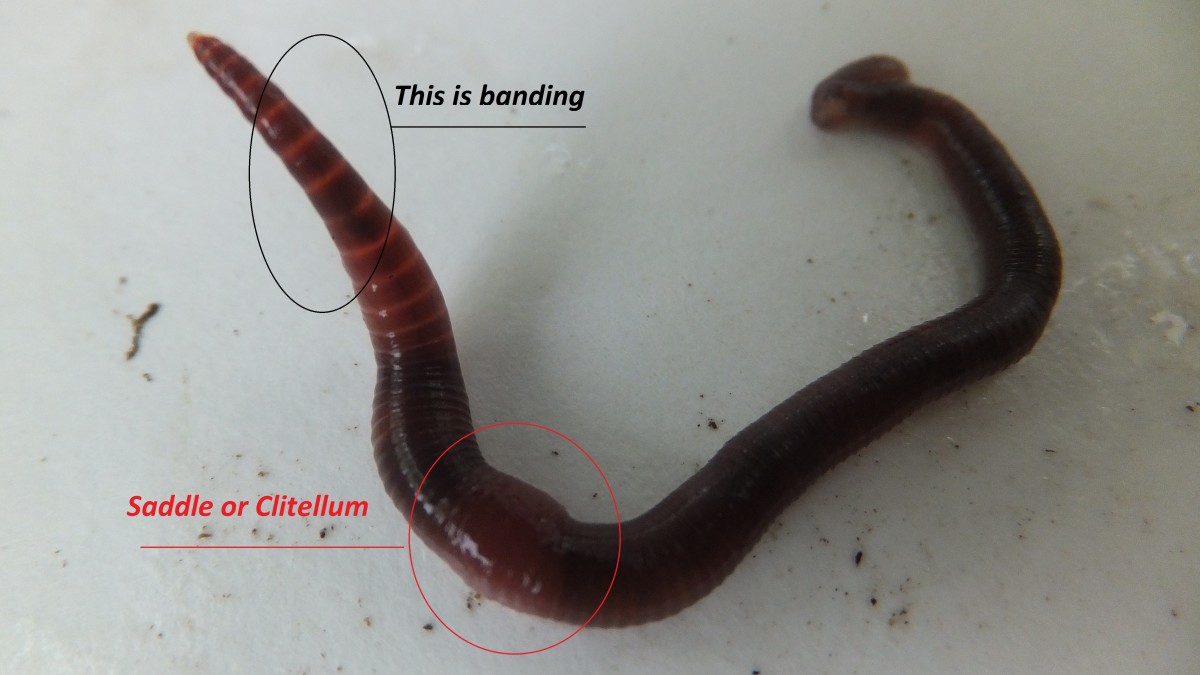Lake Hickory Bait Provides the Tools You Need for a Perfect Lawn
Lake Hickory Bait Provides the Tools You Need for a Perfect Lawn
Blog Article
Red Wigglers: The Unsung Heroes of Organic Waste Recycling
Red wigglers, or Eisenia fetida, work as critical agents in the organic waste reusing procedure, changing discarded materials right into beneficial vermicompost. Their reliable break down of natural matter not just enhances soil top quality but likewise adds to lasting waste monitoring practices. As the globe significantly looks for solutions to deal with waste build-up and enhance agricultural efficiency, understanding the duty of these worms ends up being important. What devices enable them to grow in garden compost settings, and how can they be effectively made use of in both domestic and business settings? Discovering these questions exposes the broader implications of vermicomposting in our eco-friendly landscape.
What Are Red Wigglers?
The impressive strength of red wigglers, medically understood as Eisenia fetida, underscores their critical role in organic waste recycling. These tiny, reddish-brown earthworms are normally located in decaying raw material, such as compost heap and manure heaps. Lake Hickory Bait. Unlike other earthworm varieties, red wigglers flourish in nutrient-rich settings and are highly reliable at breaking down natural materials, making them essential for vermicomposting

(Red Wiggler Express)Along with their duty in waste reduction, red wigglers add to soil health by enhancing dirt framework and aeration through their delving tasks (Lake Hickory Bait). Their presence in composting systems not just boosts decomposition rates but additionally advertises a lasting method to waste monitoring, showing their significance in environmental conservation initiatives
Advantages of Composting With Worms
Composting with worms, particularly red wigglers, uses countless benefits that improve both waste administration and dirt wellness. These worms effectively break down organic waste, transforming it right into nutrient-rich vermicompost that improves soil. This procedure increases decomposition, allowing for a faster recycling of kitchen area scraps and various other organic materials contrasted to typical composting methods.
In addition, the vermicompost created by red wigglers is including useful microbes, which help improve soil structure, aeration, and wetness retention. This boosts the total wellness of plants, advertising strenuous growth and raised returns in gardens and agricultural settings. The use of worms in composting reduces the manufacturing of greenhouse gases, such as methane, adding to a more sustainable waste monitoring system.

Just How to Begin Vermicomposting
Developing a vermicomposting system is a straightforward process that can produce considerable benefits for both waste administration and dirt enrichment. To begin, select an ideal container, such as a plastic container or wood box, with adequate air flow openings to guarantee appropriate air flow. The measurements ought to ideally be about 2 feet by 3 feet, enabling adequate area for the worms to grow.
Next, prepare bed linen product, which can contain shredded newspaper, cardboard, or coconut coir. This bed linen ought to be dampened to create an ideal habitat for the worms. As soon as the bedding is in place, present red wigglers (Eisenia fetida) into the container, normally around one pound of worms for every single square foot of surface location.
Following the placement of worms, add organic waste, such as fruit and veggie scraps, coffee grounds, and crushed eggshells. Avoid including dairy, meat, or oils, as these can develop odors and attract pests. Position the bin in a shaded, temperature-controlled location to preserve optimal conditions for worm task. With these actions, you will efficiently launch a vermicomposting system that adds to lasting waste administration and improves your soil.
Keeping a Healthy And Balanced Worm Container
(Lake Rhodhiss Bait)Keeping a worm bin growing calls for normal focus and care to ensure the wellness of the red wigglers and the effectiveness of the composting process. Appropriate maintenance starts with keeping track of the dampness levels; the container ought to be damp but not soaked. A great guideline is to preserve an uniformity similar to a wrung-out sponge.
Oygenation is vital as well. Delicately blending the bedding and food scraps every couple of weeks prevents compaction and ensures that all worms have accessibility to oxygen. In addition, it is very important to feed the worms appropriately. A well balanced diet plan of fruit and veggie scraps, coffee grounds, and crushed eggshells must be offered in small amounts to avoid overfeeding, which can bring about smells and pests.
Temperature policy is one more vital aspect. Red wigglers prosper in a series of 55 to 77 degrees Fahrenheit. If the container ends up being as well hot or cold, the worms might come to be worried - Lake Hickory Bait. Lastly, periodically look for signs of wellness, such as worm population growth and the presence of healthy and balanced castings. By diligently taking care of these variables, one can preserve a durable and efficient worm container.
Influence On Sustainable Living
The successful upkeep of a worm bin not just benefits the health of red wigglers however likewise contributes substantially to sustainable living methods. By reusing organic waste, such as kitchen scraps and yard debris, red wigglers help draw away significant amounts of product from garbage dumps. This reduction in waste not only decreases greenhouse gas exhausts but likewise reduces the environmental worry connected with waste monitoring.
In addition, the castings generated by red wigglers function as a nutrient-rich organic fertilizer, boosting dirt health and promoting plant growth. This all-natural option to chemical fertilizers supports lasting agriculture and horticulture practices, minimizing reliance on artificial inputs that can harm ecosystems. In addition, worm composting promotes recognition of waste administration, motivating individuals and neighborhoods to take on even more sustainable practices.

Final Thought
In recap, red wigglers offer as important contributors get redirected here to organic waste reusing via their efficient decay of organic materials. By incorporating vermicomposting right into waste monitoring approaches, people and areas can substantially minimize waste while advertising ecological sustainability.
Report this page